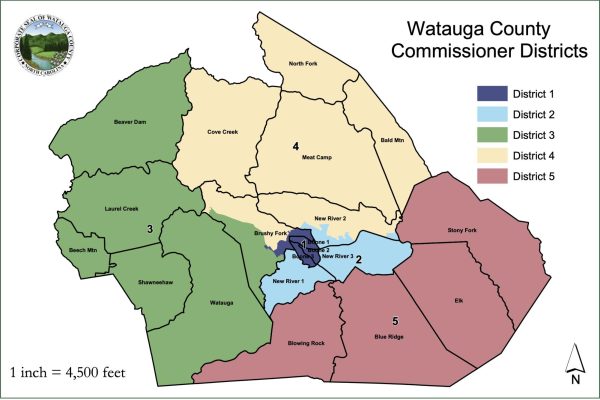Opinion: Virus Count
September 25, 2020
As of Sept. 13, Appalachian State has been one of the few large public colleges to not go fully online in North Carolina. This is a good thing for the educational experience, and the university claims it’s because we’ve been following the rules so well. Over the past weeks, the number of cases from students and faculty has been quite low, compared to others in state schools. However, I am skeptical of this positive outlook.
These numbers come from university testing and self-reported tests. The numbers it is getting are fundamentally and inevitably flawed because of these sources.
The first problem is obvious, not everyone is going to the pop-up tests that App State coordinates.
Not from a lack of trying, there’s a large amount that is organized, at least one every week. But generally most students don’t get tested: more than 4,500 students have shown up, compared to 18,500 total population. Perhaps many of them believe that there’s no way they could have the virus, and this brings up the second issue.
There are asymptomatic carriers, and we have no idea how many there could be; about 80% of positive cases end up being this way. Chances are if you’re showing no symptoms, you will not take a test. Students are busy with classes and other activities. We shouldn’t expect anyone to go get tested just to be sure, because people are preoccupied with other activities.
The combination of these two conundrums cast serious doubt on the accuracy of the confirmed cases. There’s no way that we’ll ever actually know how many individuals carry the virus around the campus, asymptomatic or not.
It’s hard to say what a solution might be to this: you could force a mandatory test on every student on campus, but that seems a bit authoritarian. We have just have to live with the fact that the confirmed cases will never be totally correct. Whatever the case, next time you check the case report, take it with a grain of salt, because it’s probably not completely accurate.













Fred • Oct 1, 2020 at 1:41 am
Sheri and her team have been caught hiding cases and fudging the numbers. They wait multiple days to report cases and clusters, leaving people uniformed to prevent exposure. They did it with the Child Development Center, and they continue to do it. And the numbers are far lower than actual cases because, unlike other campuses, this administration decided to not have a serious testing program. We have no idea how many cases are floating around and how much it is spreading, until it is too late.
Chad Dorrell is the case in point. My condolences to his family and friends. But the university is responsible because they refused to do undertake the most basic action to protect students—a serious testing program. While other campuses are testing all people on campus on a regular basis, Sheri and her team argued that it was not necessary. They even said “testing isn’t helpful because people can catch it a day after a negative test”. That level of ignorance is insane. Of course testing would have identified cases before they unknowingly spread to others. Indeed, Chad caught COVID on campus. He caught it from someone that DID NOT know he or she had it BECAUSE the university DID NOT have a testing program. With a mandatory testing program (as other campuses are doing) cases would not be hidden across campus. They would be known. And spread to others would be greatly reduced. Chad would likely not have died if the university had a testing program. Instead, he went home to be tested.
Sheri and her team. This is on you.